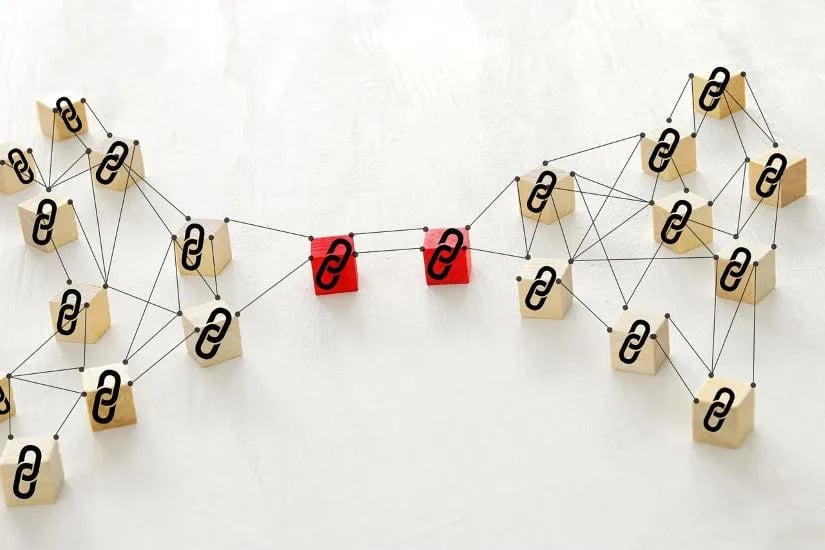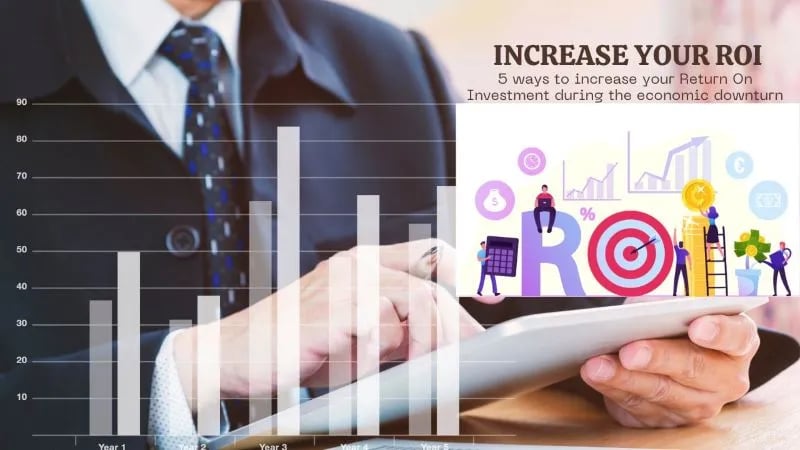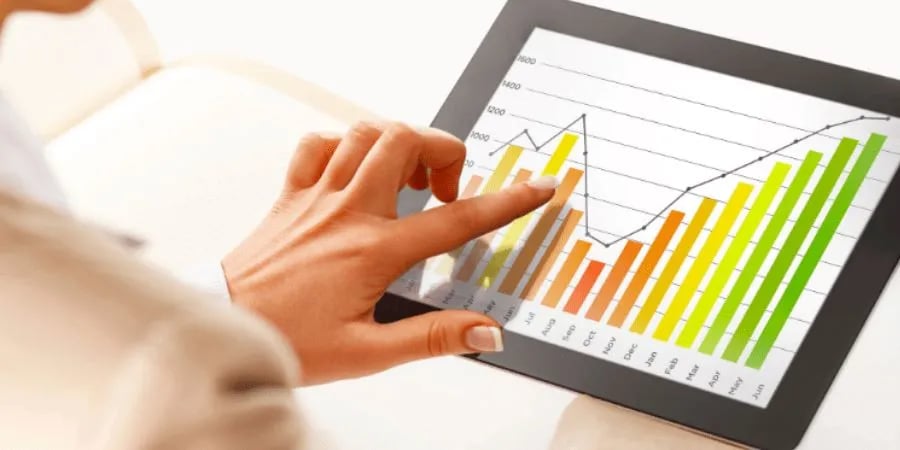
Over time, your website and business can greatly benefit from a well-structured email sequence that nurtures leads and converts them into loyal customers. This post will guide you through the key elements of an effective email sequence, offering best practices and real-world examples to enhance your strategy. You’ll learn how to engage your audience and build relationships that extend beyond your social media presence, ultimately strengthening your brand design and messaging. Join Mister Nguyen Agency as we explore the art of email marketing and how it can elevate your business.
Understanding Email Sequences
Your journey to mastering email marketing begins with understanding email sequences. These are a series of pre-planned emails sent to your subscribers or leads, strategically designed to nurture relationships and drive conversions. For deeper insights into this topic, explore What Is an Email Sequence? Best Practices & Free …. The right sequence can effectively engage your audience and significantly improve your website’s business outcomes.
Definition of Email Sequences
Before diving deeper, let’s clarify what email sequences are. An email sequence is a structured series of emails sent to your subscribers or leads over a specific timeframe. This approach allows you to communicate tailored messages that guide recipients through their journey, ultimately motivating them to take action, whether that’s visiting your website or making a purchase.
Importance of Email Sequences in Marketing
About 80% of your leads may become customers if they receive personalized communication through well-crafted email sequences. By automating your email marketing strategy, you ensure that your business maintains consistent contact with customers, offering them valuable content that resonates with their needs while increasing brand awareness.
Email sequences not only keep your audience engaged but also help in building a relationship grounded in trust. As you nurture leads through informative and relevant email communications, you guide them toward making informed decisions about your products or services. Moreover, by utilizing tools tailored for your business like Mister Nguyen Agency, your design brand can create visually appealing emails that resonate with your audience, intensifying their connection to your brand.
Components of an Effective Email Sequence
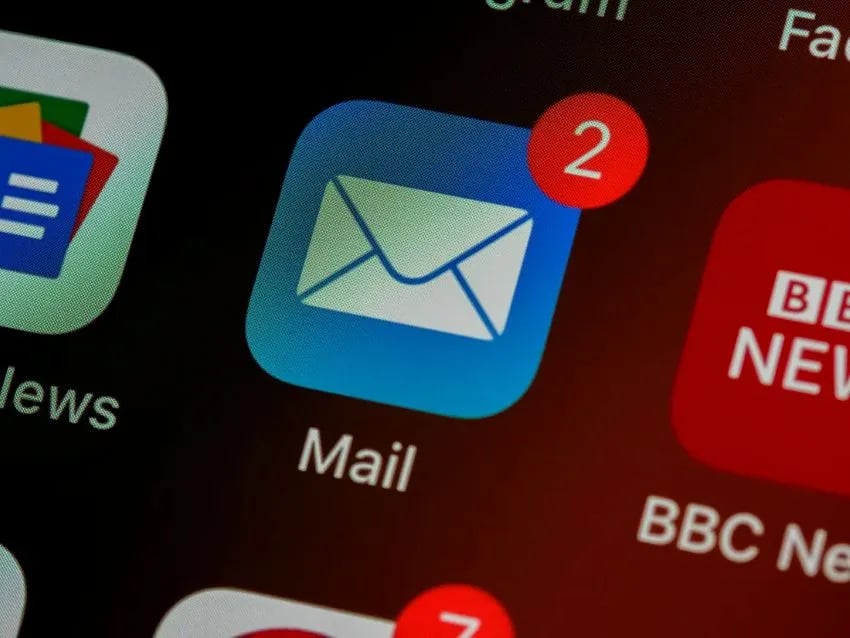
One of the cornerstones of a successful email sequence is understanding the fundamental components that contribute to its effectiveness. These elements work synergistically to ensure that your emails resonate with your audience, drive engagement, and ultimately achieve your business goals. By focusing on the right strategies, you can create a sequence that nurtures leads, fostering a connection that converts them into loyal customers for your website and brand.
Target Audience Identification
Along your journey to crafting effective email sequences, identifying your target audience is necessary. Knowing who your customers are, their preferences, and their pain points allows you to tailor your messages to meet their needs effectively. This understanding helps you to segment your audience, enabling more personalized and relevant communication that resonates with your potential leads.
Crafting Compelling Content
The key to keeping your audience engaged lies in crafting compelling content. Your emails should be informative, engaging, and provide value to your customers. By incorporating storytelling, useful tips, or engaging visuals from reliable sources like Mister Nguyen Agency, you can spark interest in your offers. Don’t forget to include clear calls to action that encourage your recipients to take the next step in their customer journey, whether that’s visiting your website or sharing your social media content.
It’s important to focus on the format, tone, and structure of your emails. Use attention-grabbing subject lines to boost open rates, and keep your content concise and reader-friendly. Incorporate personalized elements to make your leads feel special and valued, while also ensuring your messaging aligns with your design brand. Monitor your email sequences’ performance and adjust your content based on feedback and analytics to continuously improve engagement with your audience.
Best Practices for Creating Email Sequences
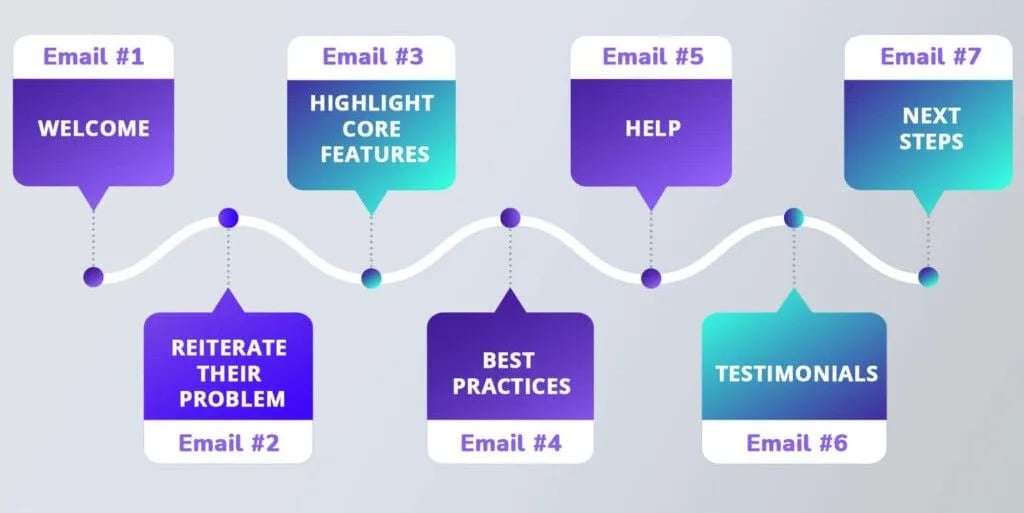
Not all email sequences are created equal. To maximize your website’s potential, it’s crucial to follow best practices for crafting your email series. This includes setting clear objectives, understanding your audience, and incorporating engaging content. For actionable insights, check out 8 Email Sequence Examples (Get More Conversions) that can guide your strategy. Tailoring your approach will enable you to connect with your leads and customers more effectively, enhancing your overall business outcomes.
Timing and Frequency
Frequency plays a significant role in the success of your email sequences. Sending emails too often can overwhelm your subscribers, while infrequent communication can lead to disengagement. Experiment with different schedules to determine what works best for your audience, ensuring you maintain a consistent presence without inundating your customers. Balancing timing and frequency will help keep your leads engaged without feeling burdened.
Personalization and Segmentation
Creating personalized email sequences enhances the connection with your audience. By segmenting your list based on customer behavior and preferences, you can tailor your messages to meet their specific needs. This not only increases engagement but also improves the chances of conversions. With targeted content, you show your leads that you understand their pain points, further establishing trust and enhancing your brand perception. This approach not only benefits your marketing strategy but also aligns well with Mister Nguyen Agency’s focus on impactful social media and design branding.
Analyzing Email Sequence Performance
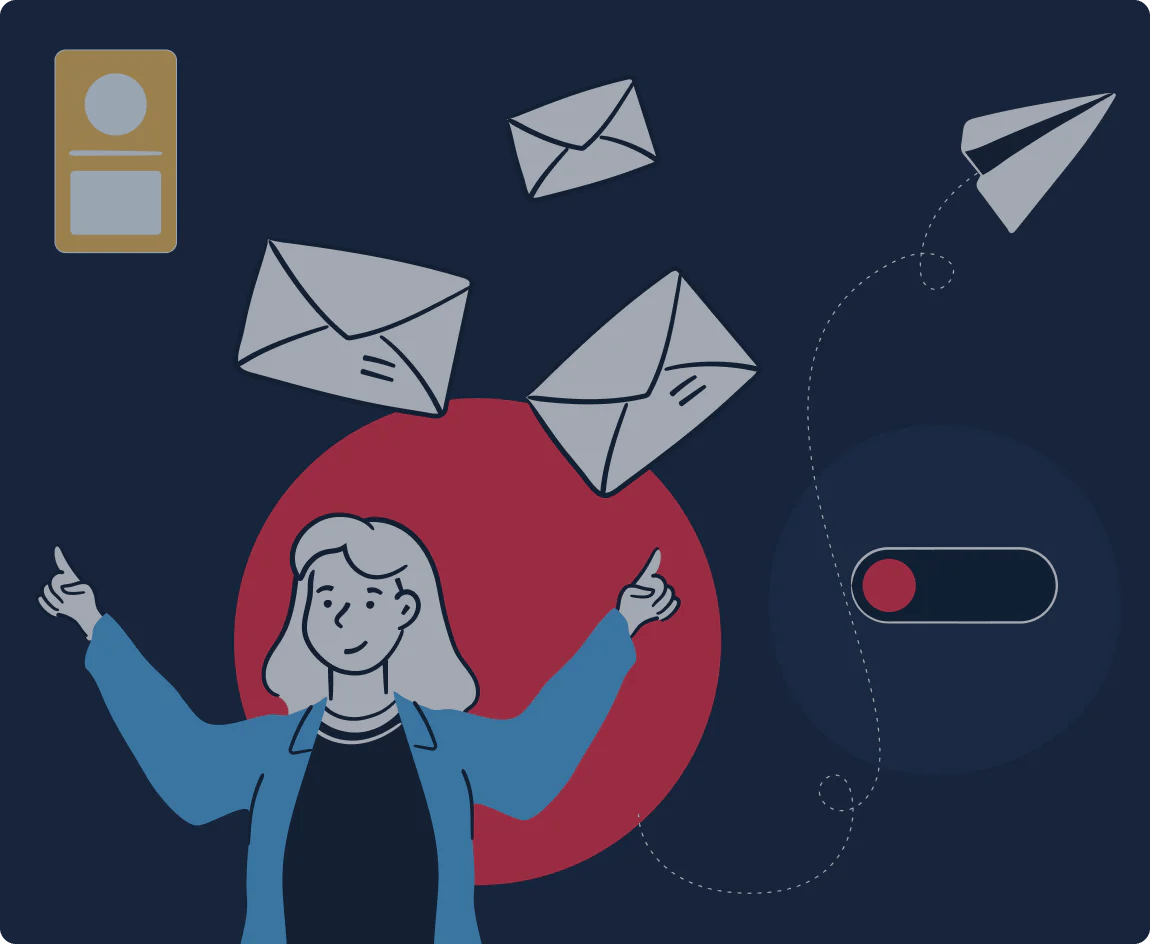
Many businesses overlook the importance of analyzing email sequence performance. By tracking how your audience interacts with each email, you can gain valuable insights that help you refine your strategy. This ensures you are effectively engaging your customers and leads, ultimately enhancing your website’s conversion rates and driving growth for your business.
Key Metrics to Track
Between open rates, click-through rates, and conversion rates, there are several key metrics you should focus on to gauge your email sequence’s effectiveness. Monitoring these statistics will help you understand how well your messages resonate with your audience and provide guidance for future adjustments. Evaluating these metrics can help improve engagement and conversion rates for your website.
A/B Testing for Optimization
Email A/B testing allows you to experiment with different subject lines, content, and calls to action, helping you identify what resonates best with your customers. This process involves sending variations of your email sequence to a small segment of your audience and analyzing the results before deploying the winning version to the larger group.
With A/B testing, you can fine-tune your email sequences for maximum impact. By leveraging data from these tests, you can make informed decisions about design and messaging that aligns with your brand and engages your leads. Regularly testing different elements, such as timing and visuals, ensures you are on the cutting edge of effective communication strategies for your business, ultimately enhancing your social media and online presence.
Examples of Successful Email Sequences
For any successful email marketing strategy, it helps to look at examples of effective email sequences. Brands like Mister Nguyen Agency leverage meticulously crafted sequences to convert leads into loyal customers. By analyzing these examples, you can understand how to tailor your messaging, timing, and approach to better suit your website and business goals.
Case Study 1: Welcome Series
Against the odds, a well-designed welcome series can dramatically enhance your engagement rates. This series typically consists of a sequence of emails sent to new subscribers that introduces your brand, outlines what they can expect from your communications, and offers valuable content that aligns with their interests. By doing so, you set the stage for building a lasting relationship with your customers.
Case Study 2: Drip Campaigns
Sequences of emails known as drip campaigns help nurture leads by providing them with timely, relevant content. These emails are automatically sent to specific segments of your audience based on their behaviors or interests. This approach not only keeps your business top-of-mind for your leads but also builds trust by offering them valuable insights and offers tailored to their needs.
To implement an effective drip campaign, you should thoughtfully map out the journey your leads may take. Begin by identifying the key touchpoints where your business can deliver valuable information, such as product features or customer testimonials. A well-timed sequence will ensure that your customers feel supported and informed throughout their decision-making process. The aim is to guide your leads seamlessly toward conversion while reinforcing your brand’s authority in design and social media strategies.
Common Mistakes to Avoid
After creating an email sequence, it’s imperative to identify and avoid common mistakes that can undermine your efforts. One frequent pitfall is not tailoring your messages to your audience, which can lead to disengagement. Other errors include sending emails too often or too infrequently, failing to track analytics, and overlooking the importance of compelling subject lines. A well-designed email campaign can significantly enhance your business messaging, turning leads into loyal customers when executed properly.
Overloading with Information
By cramming too much information into your emails, you may overwhelm your audience, leading to decreased engagement. It’s best to focus on one or two key points in each email, guiding your leads step-by-step. Clear and concise communication ensures that your readers can digest your information effectively without feeling lost or confused.
Neglecting Follow-ups
Against your business interests, failing to follow up can lead to lost opportunities with potential customers. Regular follow-ups can keep your brand at the forefront of your audience’s mind, fostering relationships and encouraging conversions. You should schedule timely follow-ups to engage leads who have shown interest in your offerings, whether through your website, social media, or design brand services provided by Mister Nguyen Agency.
Further, following up allows you to address any questions or concerns your leads may have. Personalized emails that reflect your understanding of their challenges can demonstrate your genuine interest in helping them. By incorporating follow-ups, you actively nurture the leads, paving the way for conversion and creating a loyal customer base that values your business. This commitment to communication can set your email sequences apart from competitors, driving growth and fostering lasting relationships.
To wrap up
Drawing together the insights on email sequences, you can enhance your business strategy by effectively nurturing your leads and engaging your customers. Implementing best practices, along with tailored examples, will help you create compelling email sequences that resonate with your audience. By optimizing these sequences through your website and leveraging social media, you can strengthen your brand’s presence and drive conversions. Whether you’re with Mister Nguyen Agency or managing your design brand, a well-executed email sequence can transform how you connect with your audience.

